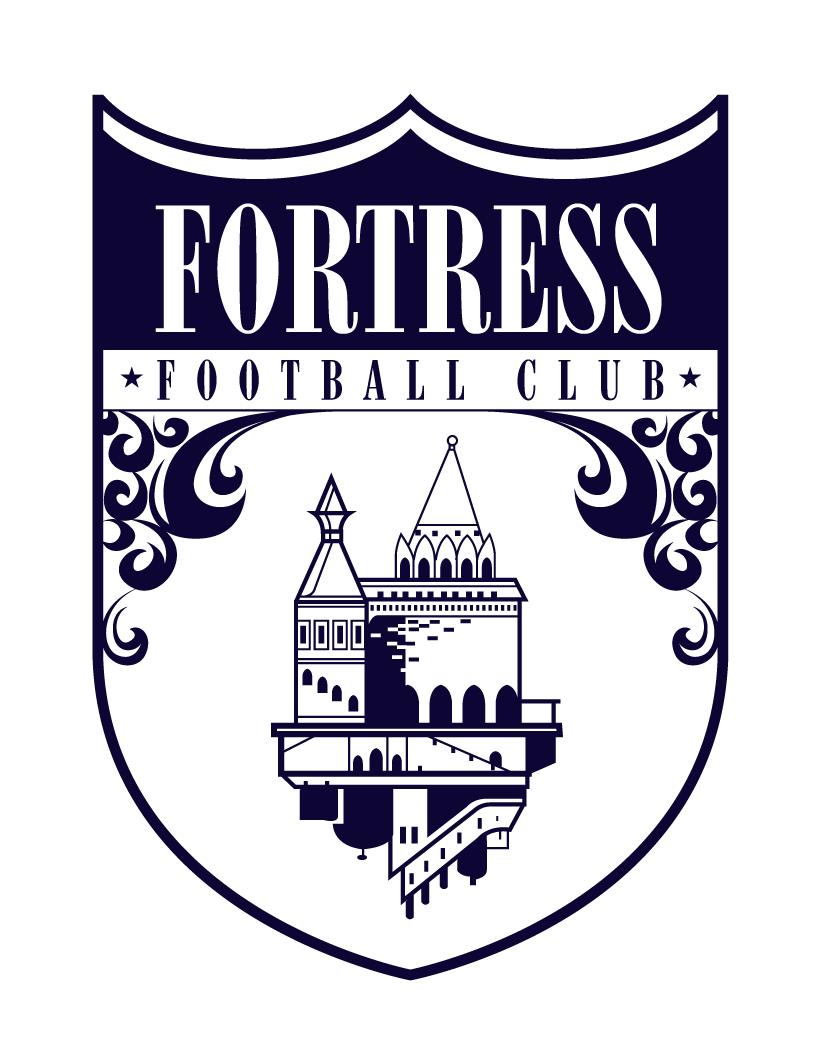Defensive Positioning
On the about page of our website, it says, "Defensively, rondos help players learn to force their opponent towards a direction, to coordinate with teammates in order to win the ball back as quickly as possible, and to defend with crushing pressure. It’s hard for professional teams to deal with that kind of pressure let alone a select level player. It also helps the defense realize where the open channels are and to work as a tight unit, squandering any creative space for the opposing offense to take advantage of.”
We are learning how to apply pressure when a player goes into the middle of a rondo and has to win the ball back as quickly as possible. The prime way to win the ball back is to anticipate where it’s going. If the defender runs 100% at the ball without cutting off an angle and shutting down at least one option, it’s easy for the players on the outside of the rondo to move the ball around him. Not necessarily when we first learn rondos, but certainly after some time.
It’s important that as we give 100% effort in winning the ball back during practice, we also are 100% focused on positioning, when to step into a tackle, and when to feint. This then translates into our games.
Last week we spoke about transitions. When we lose the ball and need to transition to defense, there is a 3-5 second window where we pressure the ball with 3-4 players. Then we reorganize. It can look something like this (press play):
Pressure is great, and as you saw on Saturday’s scrimmage, it often leads to the opponent coughing up the ball. We outnumber the man with the ball 3 to 1. Good odds for us.
But what if we’re dealing with a skilled player or team? What if they know to release the ball before the press happens or somehow manage to escape? Here’s where we need to organize defensively and organize quickly. Watch again and look at what happens when our opponent’s right back escapes the press:
Notice how the entire team shifts with the ball from side to side? Notice how our players still maintain positioning after the 3-5 seconds of high pressure from our closest three players? There’s a common teaching to zonal or positional defenses, which is what we play: pressure, cover, and balance.
When the ball is in my positional zone as a player, I automatically pressure it, the person who is on my line (defense, midfield, or forward) applies cover, and the third man on my line provides balance, meaning he’s covering the space behind me and my second defender. You can see this in the above video with our left back (3) as the ball switches from the left side of the field to the right.
This week, we’ll cover how to use pressure, cover, and balance to protect the goal, win the ball back, and and counter as quickly as possible. We will also cover losing our man, something that has been a theme for the wingers the past two weeks and will now involve the entire team.
Thank you all for a great scrimmage on Saturday. Looking forward to a similar intensity this Saturday.
See you tonight.
Michael Dardanes
Fortress Football Club
